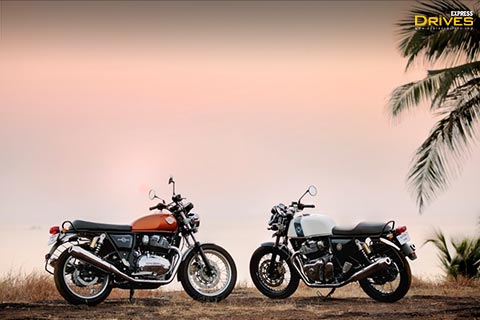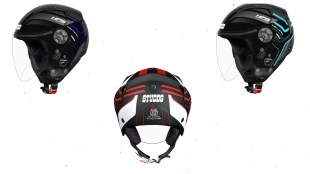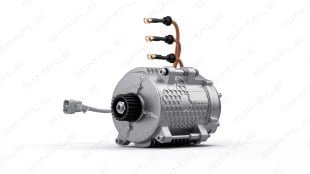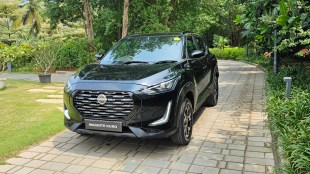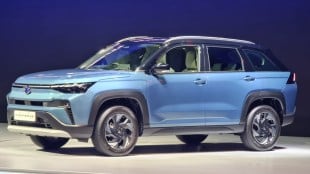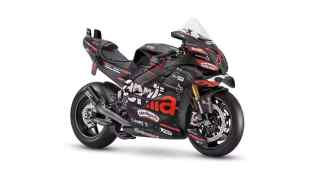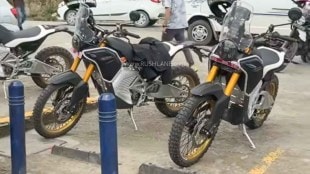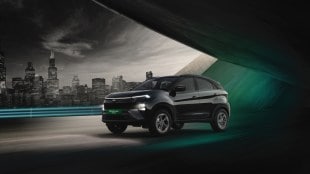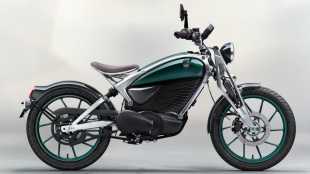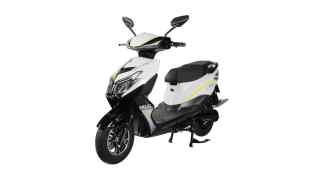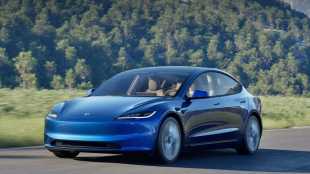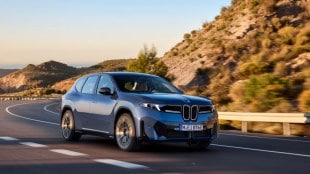
The Royal Enfield Interceptor and Continental GT 650 to me have risen from the ashes amid huge expectations and a long wait from riders and enthusiasts. The original Continental sold between 1964 to 1967, while the Interceptor sold between 1962 to 1970, after which both were relegated to the history books. The Continental was reborn in 2013 in the form of the Continental GT 535 but is now available with a 650 cc engine. Also, there’s the all-new Interceptor 650, which I believe will outsell the Continental by a significant margin. However, what most people in the market have been waiting to know is that how good these bikes actually are and what are their strengths and weaknesses. And then there’s the most important question, is it worth the price or not? We found out the answers to all these questions and more recently so read on to find out.
Royal Enfield Interceptor 650, Continental GT 650 Design
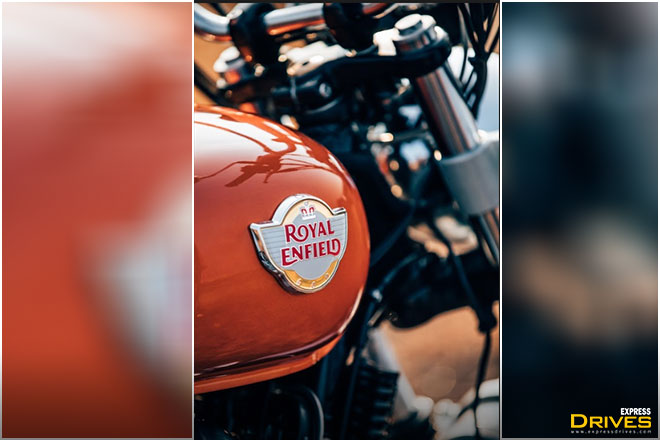
Both the motorcycles sport a classic design and stay true to the design of the original models born in the 1960s. Mechanically the bikes are similar but the Continental GT being a cafe racer sports a different fuel tank, clip-on handlebars, rear-set footpegs, black wheels and a slightly different headlamp. The Interceptor, on the other hand, gets a generous dose of chrome, which has been tastefully done. Also, notice the high-quality emblem on the tank, which lends a premium feel to the motorcycle. On the Continental GT, there’s an option of choosing between a single-seat and a dual seat option so that you don’t always have to go alone out on a ride.
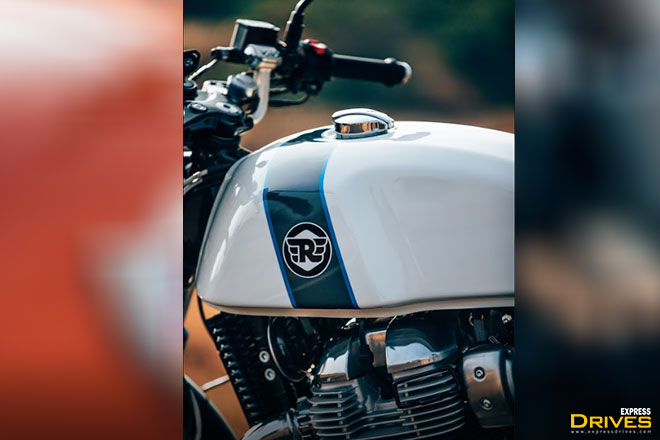
One of the highlights for me in these motorcycles was the quality of paint, fit and finish. Right from the weld spots on the frame to the concealed wiring and the excellent paint quality gives the impression of a more expensive motorcycle than it actually is. In fact, the RE twins have a better fit, finish and paint quality than some other more expensive motorcycles in the 750 cc segment.
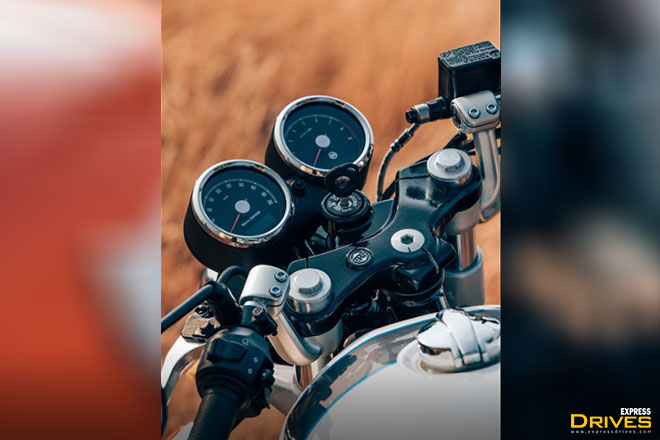
The retro-looking dual-pod instrument cluster compliments the overall design but could have had displayed more information. The small horizontal digital display in the speedo counter misses shows odometer, trip meter and fuel gauge but misses out on distance to empty, real-time and average fuel consumption and gear shift indicators.
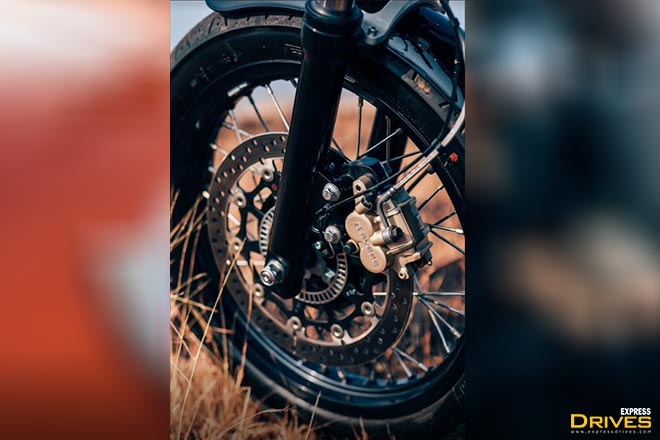
Overall, the Royal Enfield twins manage to look impressive, sophisticated and elegant. If outright bling is your thing then these bikes might not be for you but for anyone who understands and loves classic motorcycles, there’s hardly any reason to not love them.
Royal Enfield Interceptor 650, Continental GT 650 Engine Performance
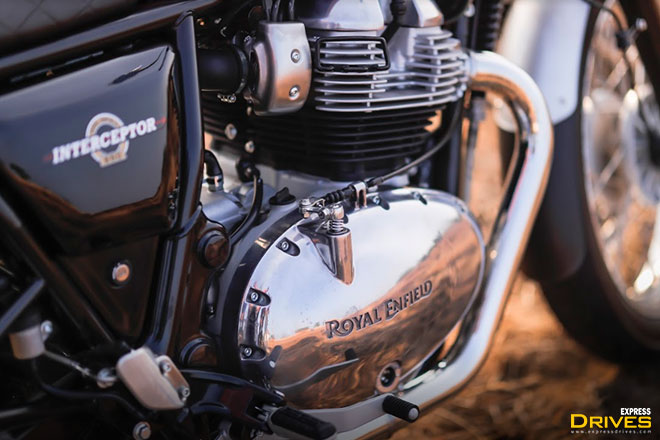
In terms of riding experience, both the motorcycles are quite different due to the change in riding position. The Continental GT is, of course, more aggressive and you’ll have more weight on your wrists, forearms and shoulders. I rode the bike for about 130 km in the first half of the day and about three hours into the ride, a break was always welcome due to the growing strain on my shoulder and back. Hence, the Continental then is suitable for leisure riding and for weekend rides.

The Interceptor offers a much more relaxed riding position and hence can be used for many purposes including touring, commuting, leisure riding and more. A lesser strain on the shoulders and back means that one can ride this bike without any problems for hours. I rode the Interceptor for more than 120 km on the first day and the bike didn’t give me any reasons to complain. However, towards the end of the ride, I did start to feel the need for better cushioning in the seat. On longer rides, this issue could be more evident, which means it’d be good for tourers to opt for a bit more padding.
Check out Royal Enfield Interceptor, Continental GT 650 engine specifications:
| Royal Enfield Interceptor, Continental GT 650 engine specs | ||
| Engine displacement | 648 cc | |
| Power | 47 hp | |
| Torque | 52 Nm | |
| Gearbox | Six-speed | |
| Front disc | 320mm | |
| Rear disc | 240mm | |
| ABS | Dual-channel | |
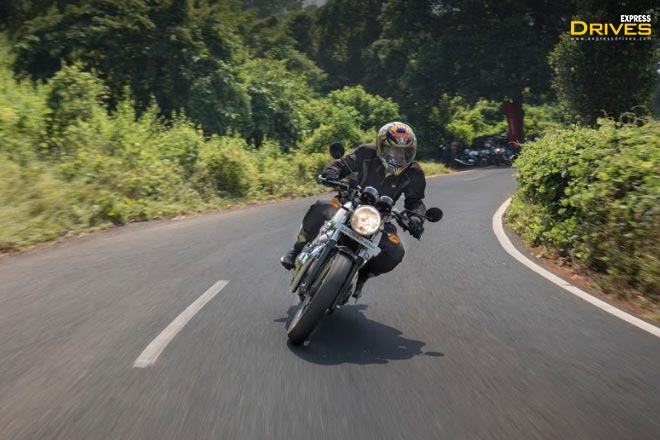
Now let’s come to the heart of these motorcycles, the all-new 650 cc parallel-twin air-cooled engine. The absence of liquid-cooling might surprise some but it was left out in order to retain the classic appeal of the motorcycle. Of course, there is the cost benefit involved as well. It develops a healthy 47 hp and 51 Nm of torque. The more important thing though is how this power is laid down and that happens very efficiently. 80 % of the torque is available from as low as 2,400 rpm, translating into lesser gearshifts in traffic. Owing to a good six-speed gearbox and quick throttle response both motorcycles are fun to ride. Acceleration is brisk and in line with the power of the engine and the exhaust note too is quite nice. Being a parallel-twin there’s no thump but there is a lovely burbling sound. The continental sounds a bit more sporty although it has the same kit as the Interceptor. The reason for this is the difference in rider position, which is more forward and hence closer to the intake.

One of the things that stood out for me was the lack of vibrations. Finally, here are Enfield motorcycles that can cruise effortlessly all day at 120 km/h and even at 140 km/h vibrations aren’t intrusive. Once past 150 km/h is where vibrations start knocking but still aren’t enough to bother the rider. Drivability too is good on both motorcycles and one can easily cruise at 65 km/h in top gear.
Royal Enfield Interceptor 650, Continental GT 650 Handling

Suspension setup and brakes are similar on both bikes but the Continental feels a bit more agile due to its forward-leaning position. This also means that you get more feedback from the front and feel more inclined to lean into corners. The 320 mm single disc upfront, a 240 mm disc at the rear along with ABS provide good stopping power. Initial bite from the front brake and feedback is decent but the rear brake could have had better feedback. Suspension setup is quite neutral so taking corners at high speed isn’t an issue and one can manage almost similar cornering speeds on both bikes.
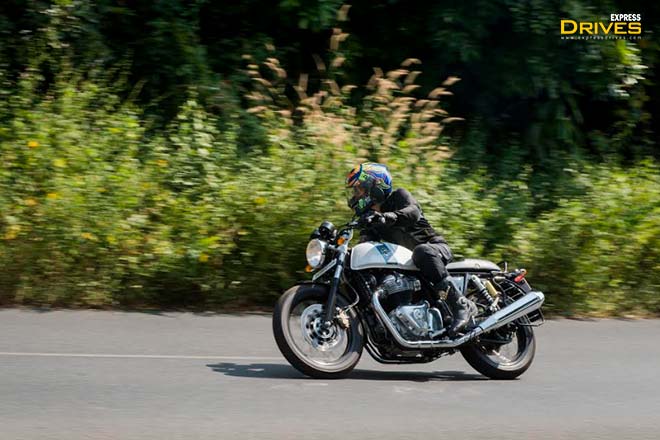
Straight line stability is good but both the motorcycles tend to get a little bumpy after about 140 km/h. The good thing is that even while braking from high speed they remain stable. This also brings me to another good aspect of these twins. Both of them are quite forgiving so even people graduating from 150 cc motorcycles can ride them with ease without getting intimidated.

Royal Enfield Interceptor 650, Continental GT 650 Conclusion
Of course, an all-new Royal Enfield motorcycle after the issues faced by Himalayan owners will create doubts in the minds of many potential buyers. How things turn out to be in the long-term is something we all will know in a few months. For now though, what we can tell you is that Royal Enfield claims to have used the best production methods ever in its history for these twins and also have logged in more kilometres of testing than ever. With all this and more being done by the company, it’s logical to ascertain that things will be better with these two new motorcycles.
Check out the colour wise prices of Royal Enfield Interceptor, Continental GT 650 here:
| Prices (ex-showroom) | ||
| Royal Enfield Interceptor 650 | ||
| Standard | Custom | Chrome |
| Rs 2.50 lakh | Rs 2.57 lakh | Rs 2.70 lakh |
| Royal Enfield Continental GT 650 | ||
| Standard | Custom | Chrome |
| Rs 2.65 lakh | Rs 2.72 lakh | Rs 2.85 lakh |
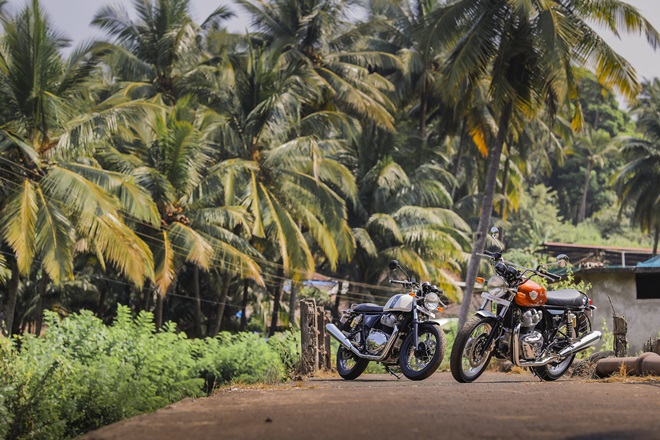
At a starting price of Rs 2.5 lakh for the Interceptor and Rs 2.65 lakh (ex-showroom) for the Continental GT 650, Royal Enfield has pulled of killer pricing. The idea is to let customers have the motorcycles at an on-road price of around Rs 3 lakh across the country. Hence, in states such as Kerala, the Interceptor’s ex-showroom price has been lowered to Rs 2.33 lakh. This is not only a smart move but a great step for making 500 cc plus motorcycles accessible to more people. Nothing in the country right now competes directly with the Royal Enfield Interceptor and the Continental GT so the company has once again created a segment, which other companies will follow in the years to come.
